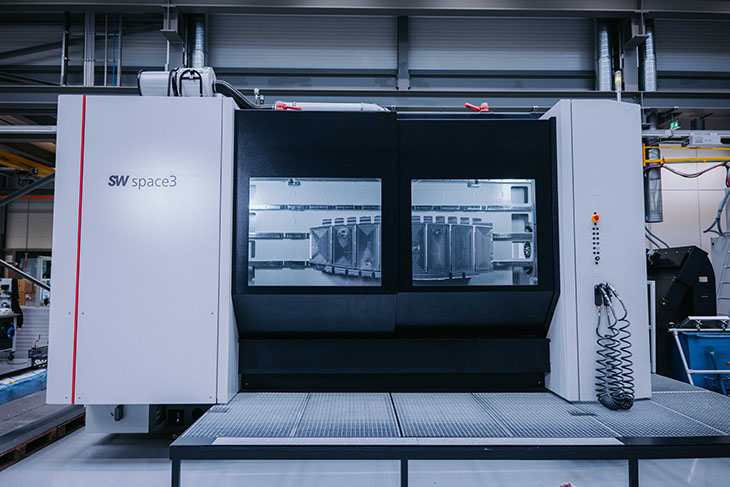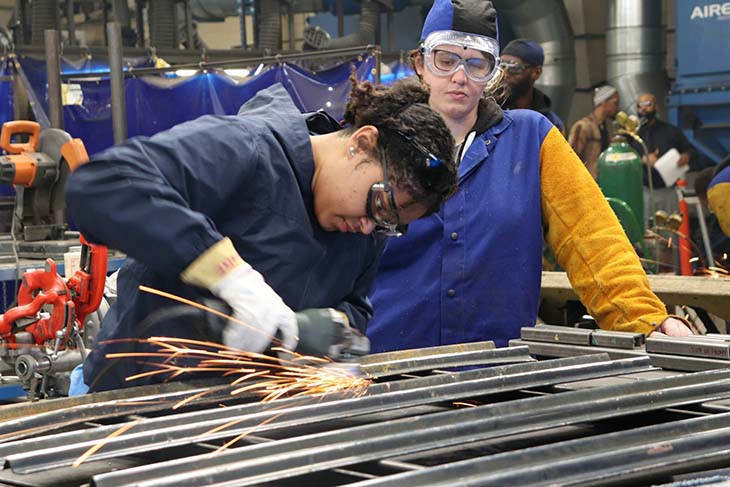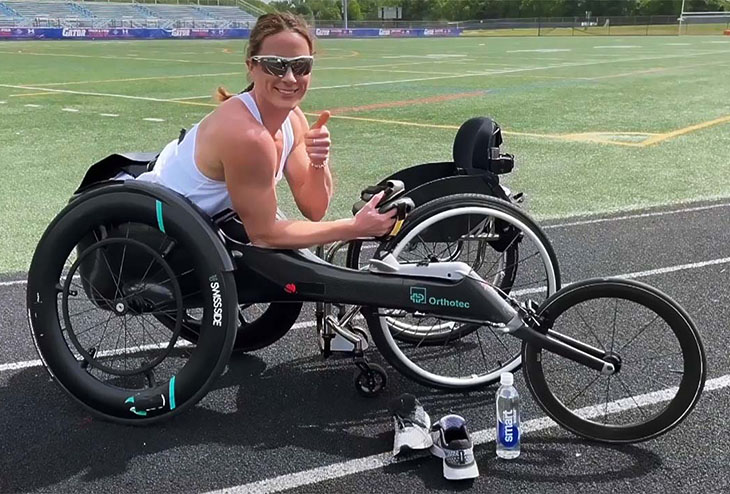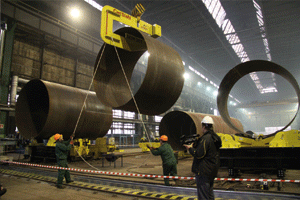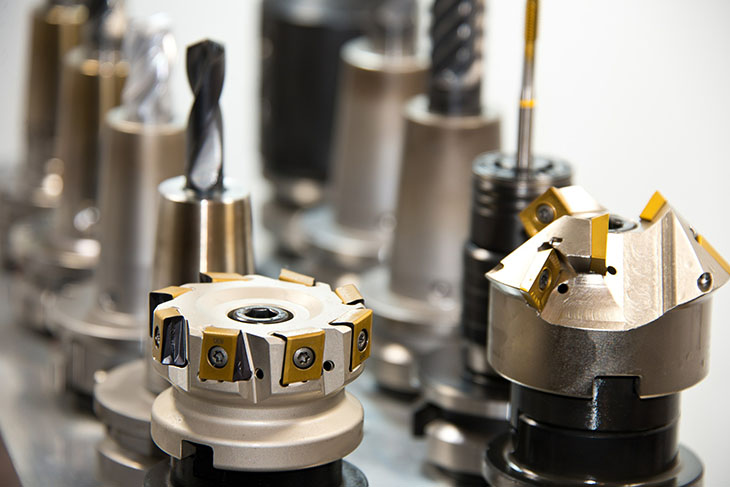
Figures from 2017 show that women make up a small 23 per cent of the STEM (science, technology, engineering, mathematics) workforce. This is hardly surprising, considering that this industry is dominated by men.
Recent findings are suggesting that beliefs towards women in STEM may be shifting. This year has seen some of the biggest names and influential figures in the industry being women, such as Kate Bouman, the woman who engineered the first image of a black hole. In this article, we track how more women have entered STEM than any other field in the past four decades.
LinkedIn conducted data analysis which reported that STEM has had more women enter the sector than any other over the last four decades. Philanthropist and former general manager at Microsoft, Melinda Gates, said: “Innovation happens when we approach urgent challenges from every different point of view. Bringing women and underrepresented minorities into the field guarantees that we see the full range of solutions to the real problems that people face in the world”.
Fitbit came under fire in 2018 for creating a period tracker which had a 10-day cycle. If more women were involved in the creation, they would’ve realised this was three days too long. In the States, the tech industry is one of the highest paying fields — yet women are still paid less than their male counterparts.
Changing the Way We Think
Preconceptions rule the way many of us think. Especially when we’ve been raised with the idea that men are better suited for certain jobs than women. Charles Darwin described women as intellectual inferiors and universities rejected women up until the 20th century.
Laura Segal, senior vice president for the American Association of University Women, said: “Teachers and parents provide explicit and implicit messages starting in early childhood that boys and men are ‘better’ at math, and the gaps in the professions reinforce the opportunities, culture and lack of role models that perpetuate male dominance”.
Fortunately, there has been a surge in schemes from universities and schools to encourage women pursuing STEM. Previously, female students reported avoiding STEM courses because of a lack of female role models to identify with. If girls were taught about female role models like Marie Curie, for example, who discovered the effects of radiation, perhaps they’d be more inclined to pursue a career in the field.
To overcome this issue, exam boards have introduced more content with inspirational women in STEM. Rosalind Franklin, a woman central to the understanding of DNA, has been taught across the nation. This has been linked to this year’s A-level results, which saw female students studying STEM courses (50.3%) outnumber male students (49.7%).
A Helping Hand
Generous philanthropists have helped drive the support of women in STEM. $25 million has been funded to boost girls’ interest by changing the narrative that they’re masculine careers. It’s expected to inspire other girls to follow other successful women. Lyda Hill Philanthropies have introduced 125 female ambassadors to represent the different STEM-related careers. Part of the donation will be used to fund grants for women to study STEM courses.
As STEM is dominated by men, this can be reflected in the environment. Many women have been reported leaving male-dominant work environments like engineering due to a toxic masculine culture. They noted that they had to work twice as hard to be taken seriously and to earn respect.
Women in STEM Apprenticeships
Insight provided by the Institution of Mechanical Engineers showed that there is a significant lack of skilled STEM workers. This is costing the UK £1.5 billion a year. Apprenticeships have an equal gender balance, yet only nine per cent of STEM apprentices are women. A disappointing statistic, the government is trying to fix this disparity by helping women become more informed about apprenticeships to help them access STEM-related careers.
Lookers, who offer a range of car service plans, launched a female apprenticeship scheme back in 2018. The aim is to double the amount of their female apprenticeships and provide a positive environment to encourage and attract women to STEM.
There is certainly progress being made for women in STEM, however we look forward to seeing what further opportunities the future holds for gender equality in this industry.
Sources
https://www.wisecampaign.org.uk/statistics/women-in-stem-workforce-2017/
https://www.stemwomen.co.uk/blog/2019/09/women-in-stem-percentages-of-women-in-stem-statistics
https://www.nationalgeographic.com/science/2019/10/women-stem-gaining-recognition-feature/
https://www.brookings.edu/blog/future-development/2017/03/07/breaking-the-stem-ceiling-for-girls/
https://www.nbcnews.com/know-your-value/feature/5-ways-close-gender-gap-women-stem-ncna1070101
https://www.bbc.co.uk/news/science-environment-47891902
https://dallasinnovates.com/if-then-summit-convenes-nationwide-female-stem-role-models-in-dallas/










